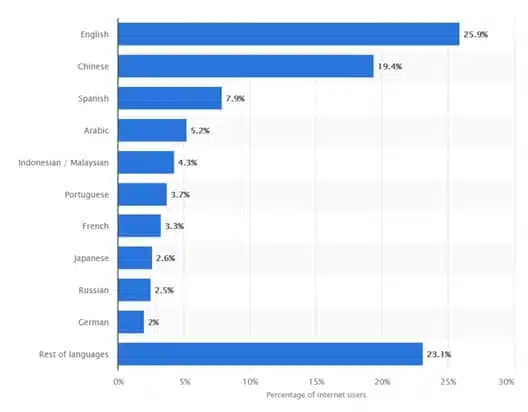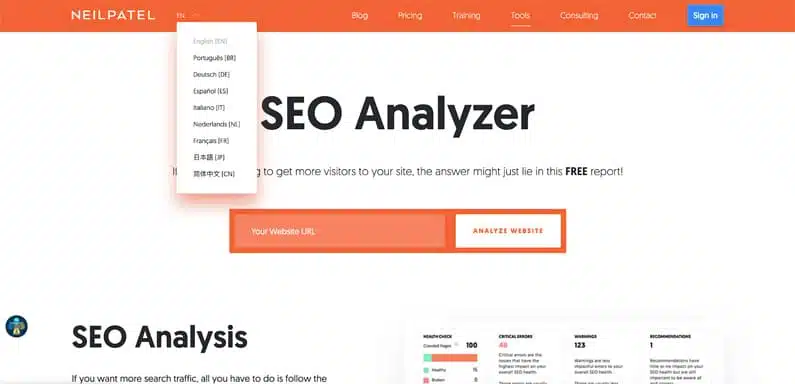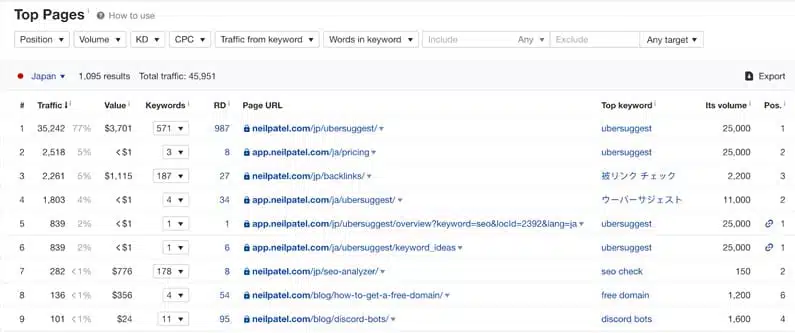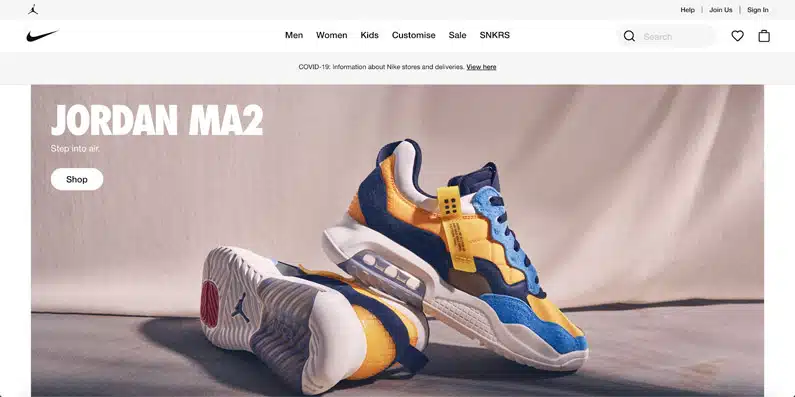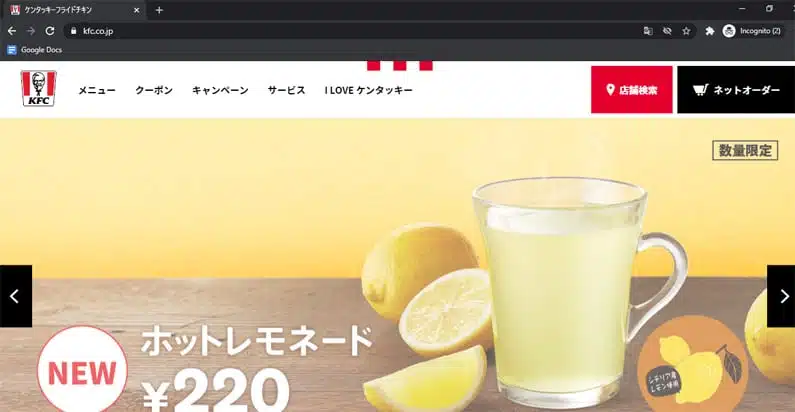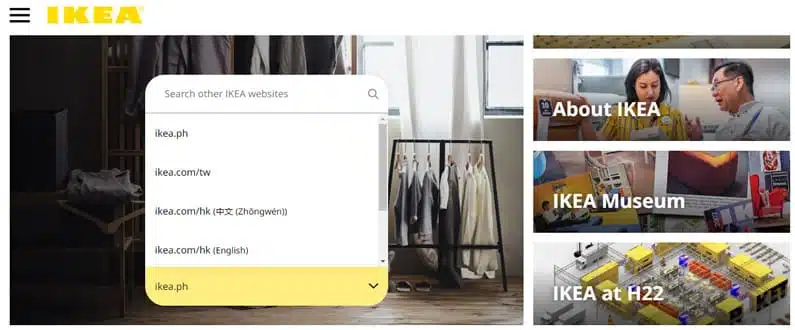The internet has allowed businesses to have a global presence. Yet, if you’re reading this article, there’s a good chance you’re mainly present in the English-speaking market. With a multilingual website, you can connect with a global audience in their language. It’s a strategy that allows you to increase your reach.
In this article, we’ll look at why you should create a multilingual website. We’ll also look at some brands that are doing it right. Ready? Let’s dive in!
Why Multilingual Websites Are Crucial Today
According to Visual Capitalist, an estimated 50% of the world’s population speak 23 languages. As a company with global ambitions, creating a multilingual website allows you to develop a presence and generate demand in a new market.
English is the language of the internet. Yet, what those stats reveal is a land of opportunity. While English might be the dominant language, there are many opportunities for business in other languages.
Moreover, competition for search rankings is a lot fiercer in English than in other languages. For example, here’s a quick review of the keyword difficulty in a couple of languages. In English, the term “make money” is a very competitive keyword.
The screenshot above is from Ahrefs. It estimates that you’ll need links from 212 websites to rank in the top 10 for this keyword.
Compare that to “ganar dinero,” the exact phrase in Spanish.
Ahrefs estimates you’d need links from just 30 websites to rank in the top 10 for this keyword.
Those stats give you a sense of the opportunities in competing for search rankings outside of the English language market for an e-commerce website or any other site.
Here Are More Reasons Multilingual Websites Are a Must-Have for Any Brand:
- They can help you create a glowing impression on foreign visitors to your website.
- In the long run, a multilingual website helps you build deep-reaching trust with local, non-native English-speaking audiences.
- A multilingual website can ultimately help you drastically increase your lead generation rates with the increased reach. According to Entrepreneur, 75% of Internet users don’t make purchase decisions unless the product description is in a language they speak.
- They help your brand stand out from a service delivery and user experience standpoint.
A multilingual website signals to customers that you are a trusted global brand that pays close attention to your products’ user experience. Hopefully, that’s a convincing case for starting a multilingual website.
Technical Overview of Multilingual Sites
One of the first choices you’ll need to make if you plan to run a multilingual website is your website structure. You have three options if you want to manage a site in multiple languages:
- Country-code top-level domain: For example, .co.uk for the UK, .br for Brazil, etc.
- Sub-domain: For example, bz.website.com would be a sub-domain.
- Sub-directory: For example. website.com/bz is a sub-directory.
To make matters a bit more complicated, you can combine some of those options. Moz has a great article on the pros and cons of each option.
5 Multilingual Websites to Learn From
Now that you know why multilingual websites are important, let’s look at some brands that are already reaping those benefits. Take inspiration from them. Complement those ideas with best practices for building a multilingual website, too.
Neil Patel
The Neil Patel website hosts an SEO tool. The sales pages are professionally translated into nine languages.
Translating your sales pages into the languages of where your visitors come from makes sense as a strategy. Your sales pages are your primary customer acquisition channel, and most people are naturally more comfortable reading in their native language.
You can see how much traffic the Japanese sales pages are getting.
The blog, however, is only available in five languages: English, Portuguese, German, Spanish, and Italian. Creating a multilingual blog is great for raising your profile in different locations. However, it takes a lot of effort to promote your blog and create and maintain the content.
If you’re planning to run a multilingual site, you can learn a lot from Neil Patel’s strategy. Translate your sales pages into multiple languages. It’s a one-time cost. Don’t translate your blog into multiple languages, though, unless you have the resources to do so.
Nike
Nike is a global leader in the sports and casual clothing space. The company uses IP geolocation detection to direct you to the relevant sub-directory automatically. If you’re located in Brazil, for example, you’ll automatically see the website in Portuguese and be directed to nike.com.br.
The location selector feature at the bottom of the page allows you to select your preferred language. The website has extended support for more than 40 languages, including Spanish, Portuguese, Japanese, Mandarin, Thai, and French.
If you’re going to use website localization to redirect visitors to a website based on their language, make sure to display the location selection prominently. People visiting the country might not know the language and will struggle to navigate a site in an unfamiliar language.
Lego Ventures
Lego Ventures has a strong brand presence and international following. The maker of kids’ toys and video games understands the importance of a multilingual website, too.
There are two languages listed on the location selector portion of the company website. The choice of the two languages makes sense if you consider that the bulk of Lego Ventures’ audience is from China and English-speaking countries like the United States.
The Lego website tells us one important thing: you don’t need to have your website translated into all the languages your audience uses. Just choose the ones most of them use and stick to those if you have budget concerns.
KFC
The KFC website is an example of a multilingual website that is well organized. Its URL tells you and search engines which country it is targeting. It’s not just the URL strategy that’s worth mentioning here. The KFC website is a great multilingual website because its offline and online operations are integrated, too.
For instance, when you click on any of the available contact channels for KFC Japan, you are directed to platforms that allow you to reach KFC Japan employees and not to platforms that allow you to reach KFC US employees. The same thing happens when you click on the available contact channels for KFC Philippines.
The available contact channels reflect the communication preferences of people residing in that country. For Japanese speakers, KFC Japan has a Line option, something unavailable in many other countries.
IKEA
The Swedish consumer furniture brand, IKEA, rounds off this list. IKEA’s website has location-specific features. Those location-specific features are based on your region. So if you’re in the Philippines, you won’t just get ikea.ph as an option on your screen. You’d also get ikea.com/tw, ikea.cn, ikea.jp, ikea.kr, and ikea.com/hk as options:
In other words, IKEA doesn’t automatically assume that you want to default to a certain language or subdirectory. It considers the regional sales maps and uses this as the basis for you to select relevant options.
The Bottom Line
A multilingual website can help boost the reach of your business, allowing you to access new audiences. There are many ways to incorporate other languages into your website. A solid approach, though, is still to define the most important markets for your business. You can define that by reviewing where your existing customers or visitors originate. Those are the languages you want on your website.
Once you’ve defined who you want to target, define your approach. You will need to decide how much content you want to provide in various languages. Maybe you want to limit your multilingual offerings to just your core sales pages, for example. You may want to go into website localization and build URL strategies, too.
Get inspiration from these five multilingual websites, too. Complement these tips with your excellent products and services.
If you would like to translate your website and make your brand stand out from the crowd, our professional website translators are experienced in produced top-quality, SEO-friendly content that will have you generating leads in no time. Get in touch today for a free, no-obligation quote.

